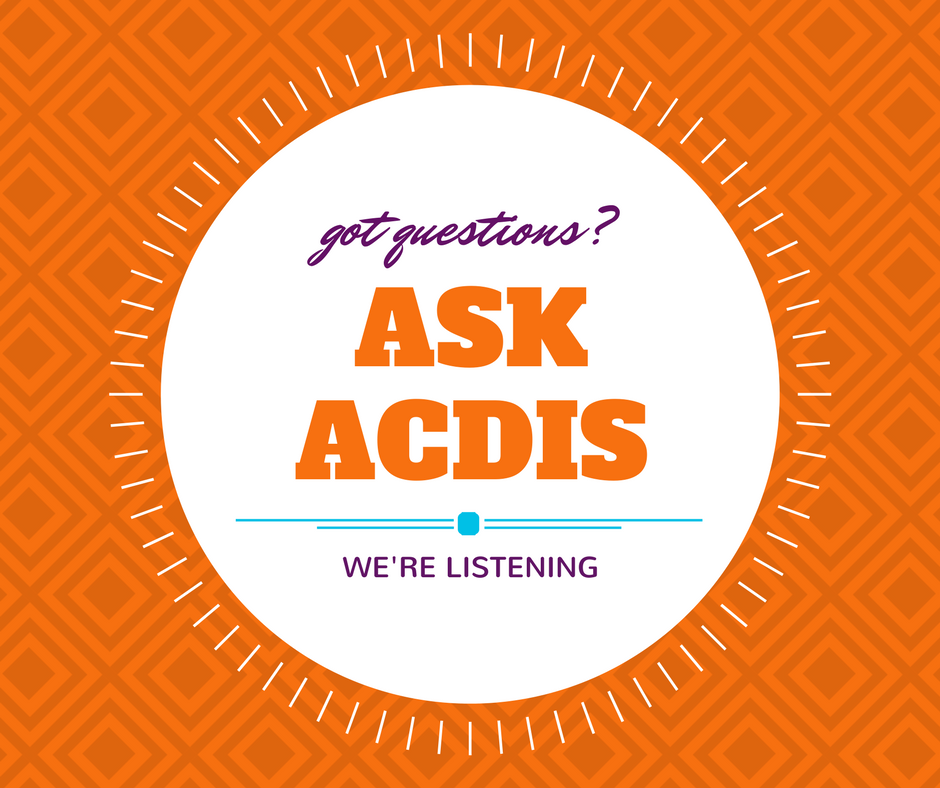Q&A: Home health documentation FAQs

on why solid documentation is so crucial in home health.
Editor’s note: Industry expert Joe Osentoski reimbursement recovery and appeals director at Quality in Real Time (QIRT) in Troy, Michigan, answered a few questions on why solid documentation is so crucial in home health. He will be taking a deeper dive into documentation and avoiding claims denials during his session at the Home Health Payment Summit, August 6-7, at the Grand Hyatt San Antonio (Texas). The conference is presented by ACDIS’ sister publication, DecisionHealth.
Q: What makes documentation so important for those working in home health?
A: Since home health is provided in so many locations, the documentation of the visit is the pillar that supports that the payer got value for its money, that the patient received skilled, reasonable and necessary services, and verifies for anyone looking at the record later that these visits occurred.
Q: What are one or two common pitfalls when it comes to creating acceptable home health documentation?
A: First is that the chosen electronic health record (EHR) charting system is followed without adding further details or description. The second is that a lack of knowledge of what should be documented, or does not need to be documented, clutters the record so that key points showing compliance are obscured. CMS addresses this when they state that "longitudinal charting" should be performed by the provider.
In the Medicare Benefit Policy Manual, CMS puts it this way:
...it is expected that the home health records for every visit will reflect the need for the skilled medical care provided. These clinical notes are also expected to provide important communication among all members of the home care team regarding the development, course and outcomes of the skilled observations, assessments, treatment and training performed. Taken as a whole then, the clinical notes are expected to tell the story of the patient’s achievement towards his/her goals as outlined in the Plan of Care. In this way, the notes will serve to demonstrate why a skilled service is needed.
Q: What is one lesson learned that agencies should keep in mind when it comes to documentation?
A: Getting it right at time of service is the key: trying to amend or clarify a record later takes much more effort than getting it right the first time.
Q: What are one or two things clinicians can do to improve documentation?
A: Know, even in a simplified format, what the payer expects to be recorded in the record. This can be knowledge of Medicare's regulations, private insurance requirements and any requirements specific to the Medicare Administrative Contractor (MAC).
Then apply what is required within the framework of the available charting system. Go beyond simply checking off boxes.
In the Program Integrity Manual CMS says:
Some templates provide limited options and/or space for the collection of information such as by using ‘check boxes,’ predefined answers, limited space to enter information, etc. CMS discourages the use of such templates. Claim review experience shows that that limited space templates often fail to capture sufficient detailed clinical information to demonstrate that all coverage and coding requirements are met...
Q: What should agencies keep in mind about documentation when it comes to the Patient-Driven Groupings Model (PDGM)?
A: While the current focus is (rightly) on the changes to the payment model, keep in mind that the Medicare eligibility and coverage requirements remain the same. For payment to be made, the charting must show how the patient was homebound and in need of skilled, reasonable and necessary care. Compliant charting should be paid, whether under Prospective Payment System (PPS) or the pending PDGM.
